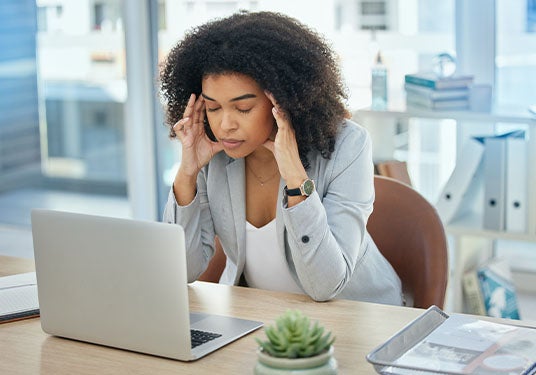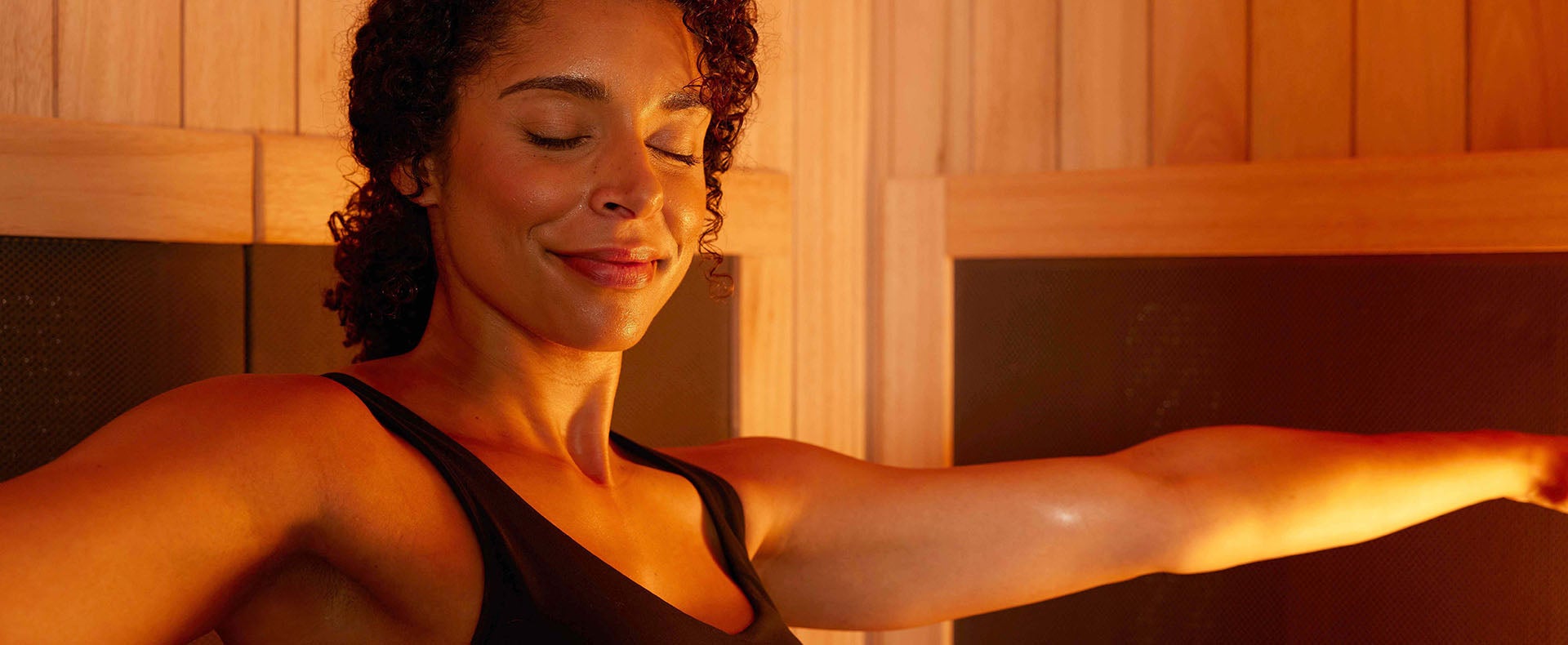Time-outs aren’t just for kids. In fact, it can be argued that adults need a break (even if we didn’t just throw a tantrum) more as we age. With the pressures of a career, family responsibilities, and so much more, the average adult’s workload can feel like it’s growing by the year. Yet, research published in the Journal of Business and Psychology1 has discovered that the average adult is less likely to take a break during the day, even if they know doing so can have a direct link to improving their performance and well-being.
Take a look at what some of the common threads are that researchers found when it comes to the reasons people need breaks throughout the day, even if they resist them. Then, learn how to give yourself some mental health breaks periodically to reduce stress and improve your emotional, mental, and physical health in the process.

The researchers of this study1 found that 45% of the subjects they questioned reported fatigue as the number-one reason they needed a break during the day. This fatigue encompassed a heavy workload (particularly if their sleep quality was not the best), which led to brain fog and the need for mental clarity. Runner-up reasons included physiological needs (feeling hungry or needing to use the restroom) and performance concerns – stepping away from their desk for a brain break before continuing the task at hand.




